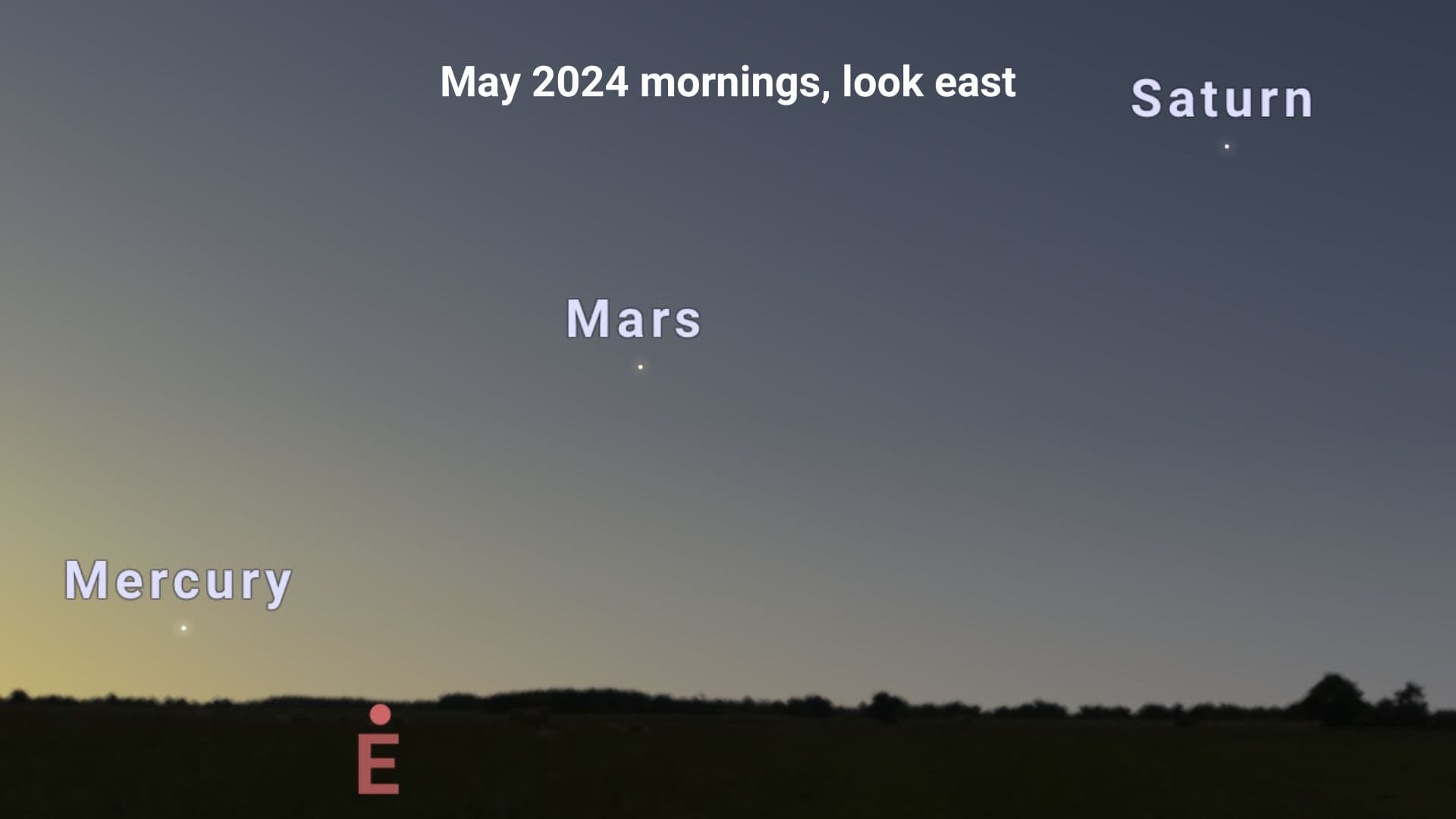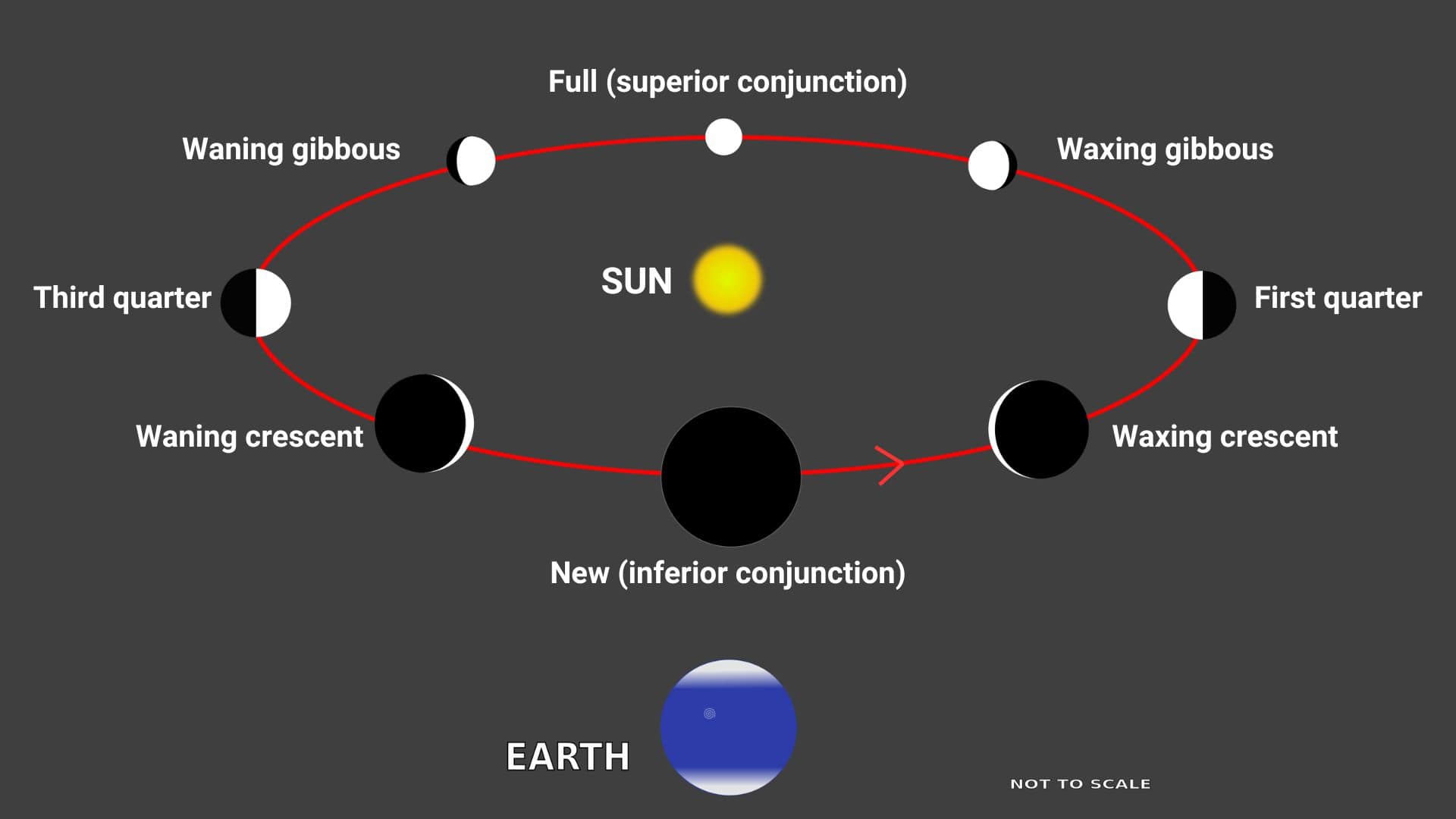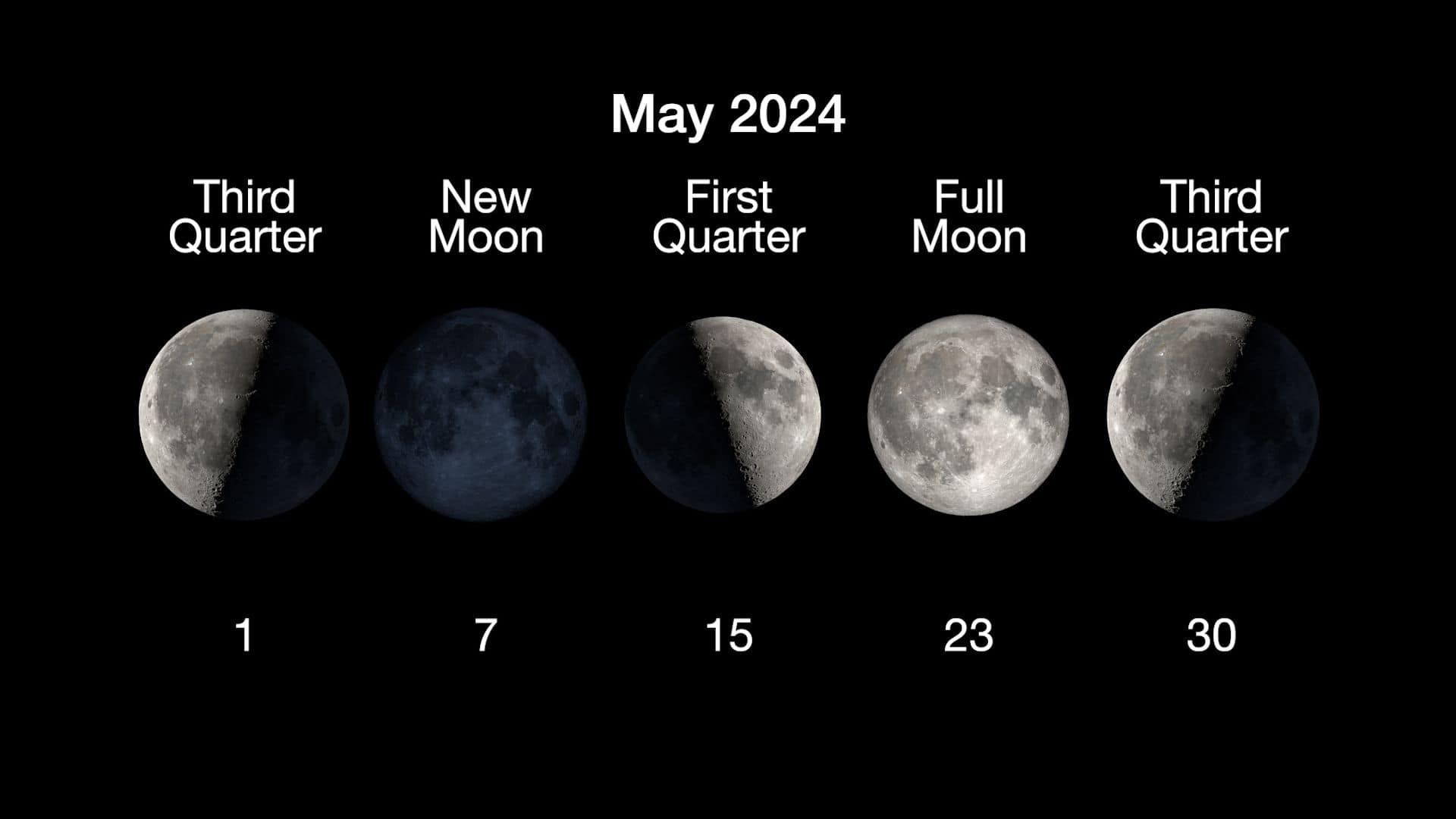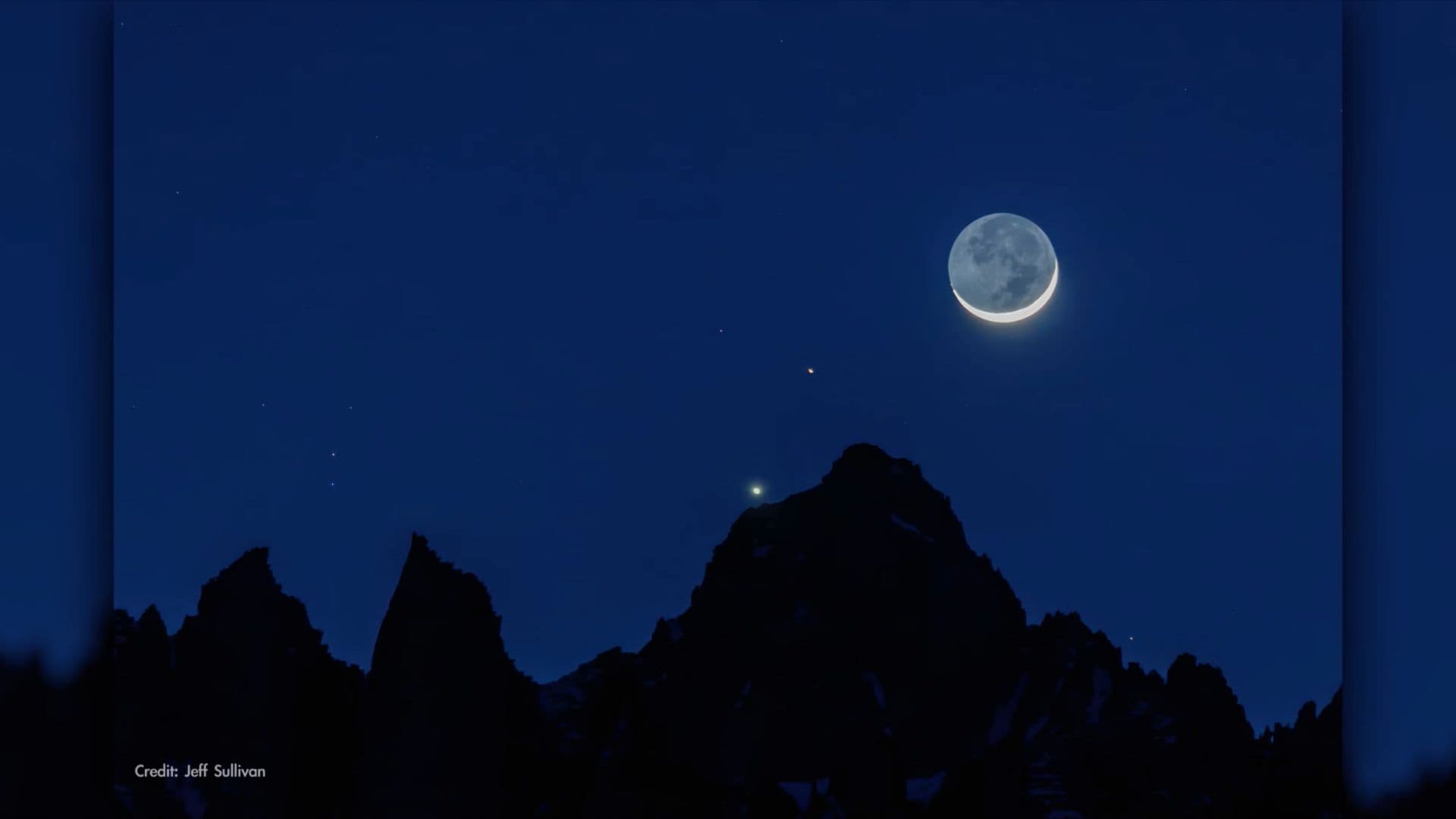A waning crescent moon is an intermediate or secondary phase of the lunar cycle that starts right after the third quarter moon (half-full moon) and lasts until it becomes a new moon.
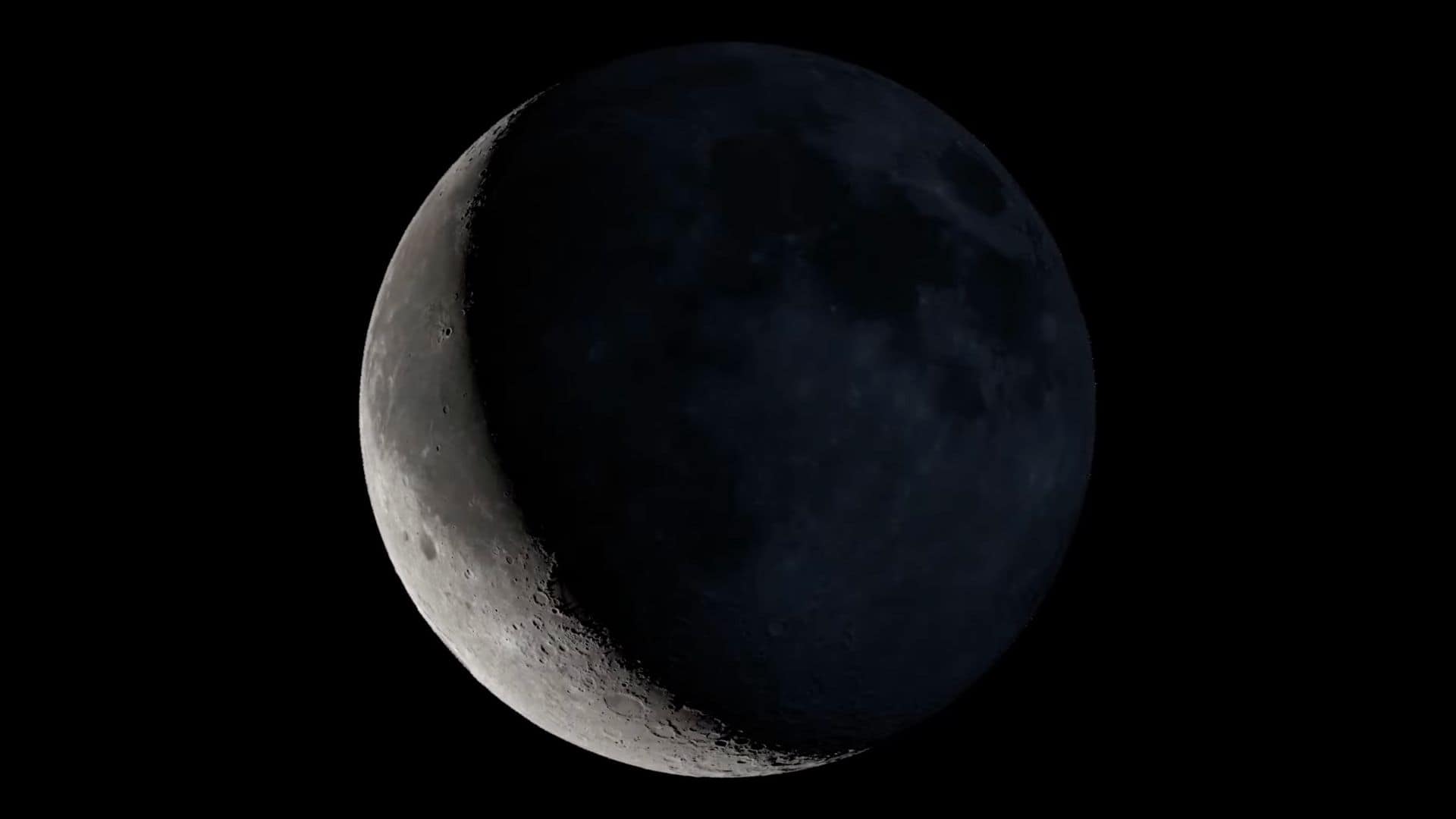
During a waning crescent moon, the illuminated area of the moon decreases from 49.9% to 0.1%. Here, the illuminated area means the lighted portion of the moon.
Meaning of the waning crescent moon
A waning crescent moon consists of two terms: waning and crescent.
Here, “waning” means decreasing or shrinking. After a third quarter moon, the illuminated area of the moon decreases day after day until it becomes a new moon; that’s why it’s called a waning moon.
Another term, “crescent,” means a curved sickle shape. The moon looks like a curved sickle shape between a third quarter moon and a new moon; that’s why it’s called a crescent moon.
So a waning crescent moon signifies the shape of the moon.
Rise and set time of a waning crescent moon
A waning crescent moon rises after midnight (between midnight and sunrise) in the east, reaches its highest point (overhead point) in the sky in the morning, and sets in the afternoon (between noon and sunset) in the west.
Please remember, a waning crescent moon does not rise and set at the same time every day. On consecutive days, a waning crescent moon rises and sets about 50 minutes later.
A waning crescent moon is best seen in the eastern sky before sunrise
It’s very hard to see a waning crescent moon in the daytime. Due to its thin sickle shape, a waning crescent moon disappears in the sun’s glare in the daytime.
A waning crescent moon is best seen about two or three days before the new moon in the eastern sky before sunrise.
Duration of a waning crescent moon
The moon takes approximately 29.5 days to complete a lunar cycle. A lunar cycle has eight phases in total: the new moon, waxing crescent moon, first quarter moon, waxing gibbous moon, full moon, waning gibbous moon, third quarter moon, and waning crescent moon.
The new moon, first quarter moon, full moon, and third quarter moon have no duration as these are the primary or major phases of the moon.
So the duration of the four secondary phases (waxing crescent, waxing gibbous, waning gibbous, and waning crescent) is 29.5 days in total.
So a waning crescent moon lasts around 29.5/4 = 7.3 days.
A waning crescent moon looks opposite in opposite hemispheres
A thin, curved sickle shape of the moon is seen in the sky from anywhere in the world during a waning crescent moon. However, it looks opposite in opposite hemispheres.
The left side of the moon is seen as a curved sickle shape from the northern hemisphere, and the right side of the moon is seen as a curved sickle shape from the southern hemisphere during a waning crescent moon.
People living in the southern hemisphere (south of the equator) observe the same waning crescent moon from opposite angles than the people living in the northern hemisphere (north of the equator) and the waning crescent moon looks upside down.
Earthshine can be seen during the waning crescent phase
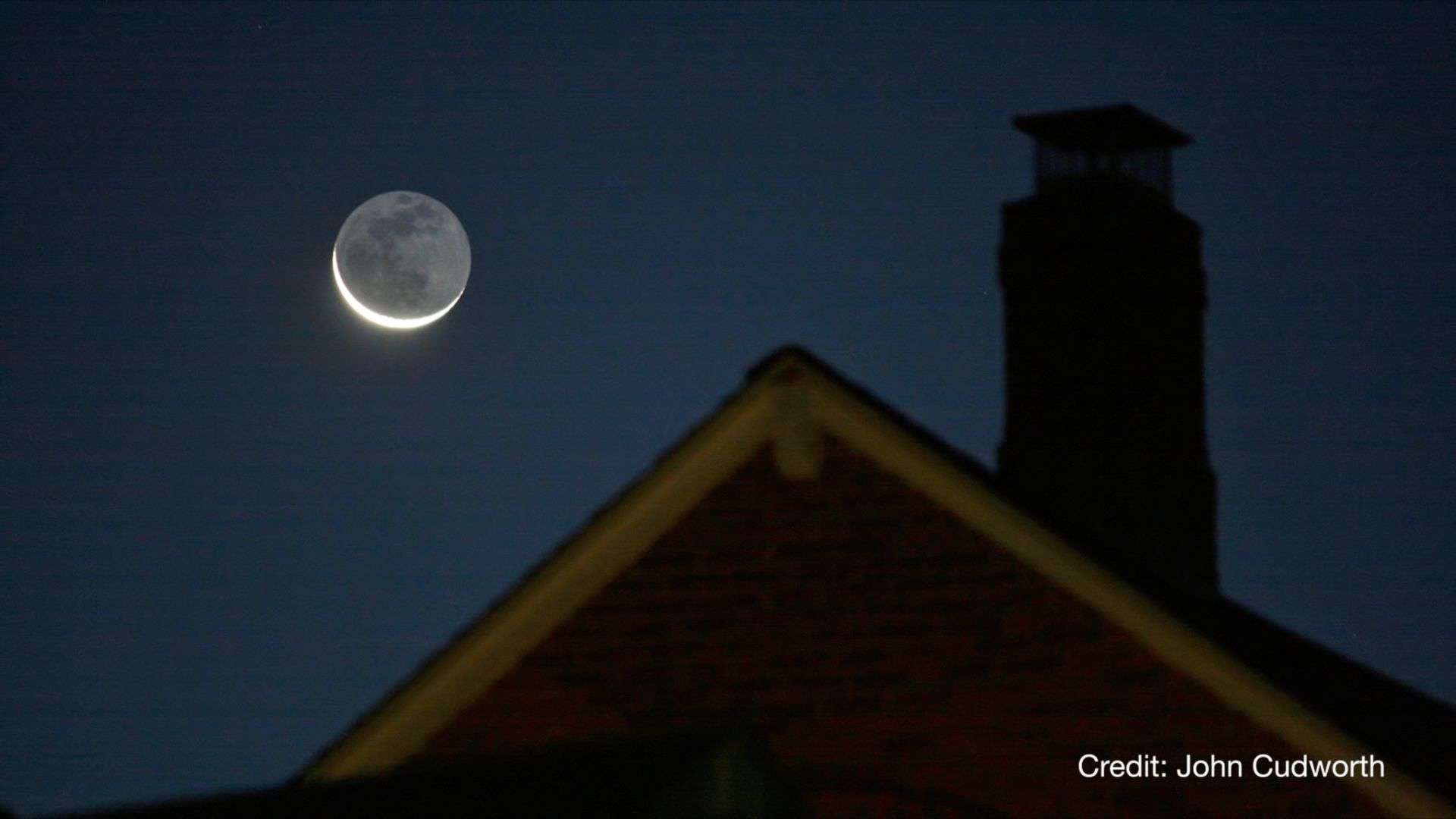
A faint, beautiful glow from the unlit part of the moon, which is called earthshine, can be seen during the waning crescent phase.
About two to five days before the new moon, look east before dawn onto the moon to see earthshine during the waning crescent phase.
Read about all eight phases of the moon: New moon Waxing crescent First quarter Waxing gibbous Full moon Waning gibbous Third quarter Waning crescent
Please follow us on Facebook and Twitter to get latest space news, upcoming skywatching events and astronomy-related content.
